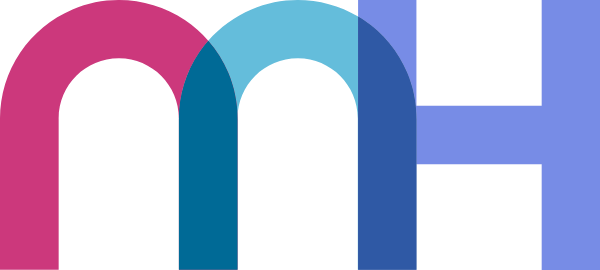Client Story:
Incorporating an Acquisition
Industry: workforce management
My client had just announced the acquisition of a company that promised to improve a major element of their software package. The trick was in figuring out how to incorporate this new product into their larger suite so as to attract new enterprise users, but without disrupting or alienating current customers.
Mapping the Experiences
This newly acquired technology took a very different approach to managing and visualizing data sets. The entire mental model around data was shifting. While this would lead to some downstream advantages for customers, my client had a lot of concerns about the impact to established users. My client knew they needed a plan in order to ensure seamlessness, but first we needed to gain a better understanding of how the experiences differed.
To ensure everyone understood what was different between the two technology platforms, I facilitated a series of journey mapping workshops with experts from the client team. I mapped out, step-by-step, the core tasks that would be impacted by the change. I did this for both the legacy platform and the new platform, and then represented them visually, side-by-side, so we could easily see where the experiences diverged.
Image: Side-by-side journey maps showing the same task completed across both platforms
Co-Design Sessions
With a clearer picture of the overall impact, it was time to talk to users. This client already had an engaged group of “superuser” representatives from across their customer base who had been recruited for their knowledge and experience within the industry.
While these individuals did not represent an average user, there was a lot of collective wisdom in the group that we wanted to harness. To do so, I set up a series of remote co-design sessions with 4-5 user group members at a time.
Co-design (also called participatory design) is the act of creating something with others to ensure the results meet their needs. Using a shared virtual whiteboard, we worked through a number of activities that helped us zero in on the biggest pain points, uncover opportunities for customers to see the value in the change, and collected a list of ideas that would make the transition easier.
Image: Screen grab from one of my co-design sessions
Strategic Plan
The co-design sessions yielded great insights on how the software should behave once this new platform was incorporated. These sessions also made it clear that some of my client’s largest and most important customers were going to need more extensive hand-holding throughout the transition.
My scope of work was ending for this client, but I left them with a Transition Planning Guide which identified the high-level steps associated with the rollout of the new functionality, and all the activities that needed to happen within each.
Image: High-level steps identified for my client’s strategic transition plan




